When To Use Endoscope ?
An endoscope is typically used in medical procedures to visualize and examine the internal organs and structures of the body. It is commonly used in gastroenterology to diagnose and treat conditions of the digestive system, such as ulcers, polyps, and tumors. Endoscopy can also be used in other medical specialties, including urology, gynecology, and pulmonology, to examine the urinary tract, reproductive organs, and respiratory system, respectively. Additionally, endoscopy can be used in minimally invasive surgeries to guide surgical instruments and perform procedures with smaller incisions, reducing the risk of complications and promoting faster recovery. The decision to use an endoscope depends on the specific medical condition or procedure being performed and is typically determined by a healthcare professional.
1、 Medical Applications of Endoscopy
Endoscopy is a medical procedure that involves the use of an endoscope, a flexible tube with a light and camera attached to it, to visualize and examine the internal organs and structures of the body. The endoscope is inserted through natural body openings or small incisions, allowing doctors to diagnose and treat various medical conditions.
There are several medical applications of endoscopy across different specialties. One common use is in gastroenterology, where endoscopy is used to examine the digestive tract, including the esophagus, stomach, and intestines. It is particularly useful in diagnosing conditions such as ulcers, polyps, and gastrointestinal bleeding. Endoscopy is also used in urology to examine the urinary tract, in pulmonology to visualize the airways and lungs, and in gynecology to evaluate the reproductive organs.
The latest point of view regarding the use of endoscopy is the development of advanced techniques and technologies. For example, there has been a significant advancement in the field of minimally invasive surgery, where endoscopy is used to perform surgical procedures with smaller incisions, reduced pain, and faster recovery times. Additionally, there have been advancements in imaging technologies, such as high-definition cameras and 3D imaging, which provide clearer and more detailed images during endoscopic procedures.
Endoscopy is also being used for therapeutic purposes. For instance, it can be used to remove polyps, tumors, or foreign objects from the body, as well as to perform procedures like endoscopic retrograde cholangiopancreatography (ERCP) to treat conditions affecting the bile ducts and pancreas. Furthermore, endoscopy is increasingly being used for early detection and screening of diseases, such as colorectal cancer, where it can help identify precancerous lesions and facilitate their removal.
In conclusion, endoscopy is a valuable tool in modern medicine with a wide range of applications. Its use is expanding with advancements in technology and techniques, allowing for more accurate diagnoses, less invasive procedures, and improved patient outcomes.
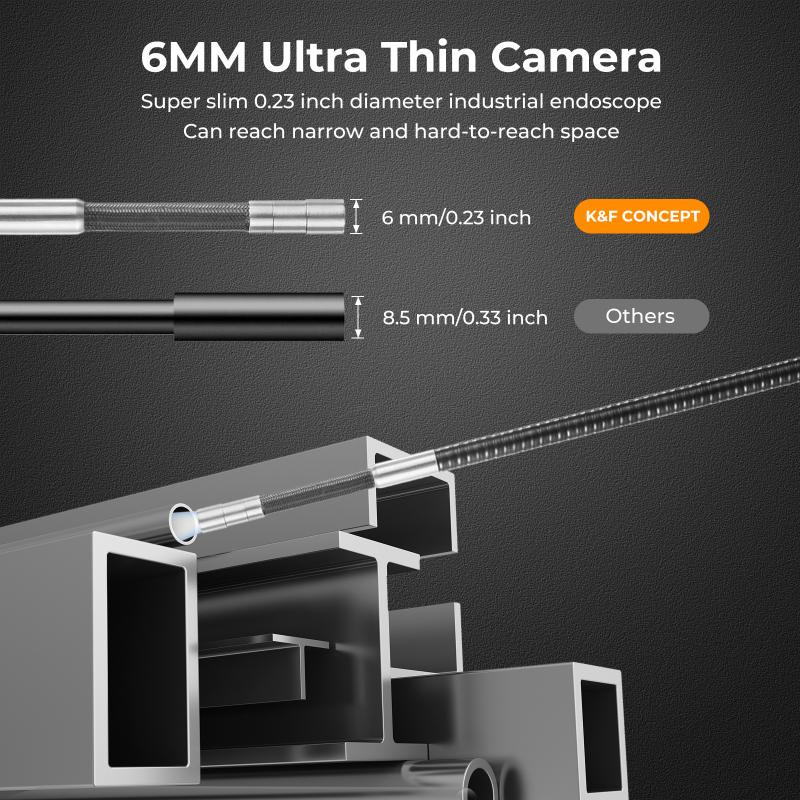
2、 Endoscopy in Gastroenterology
Endoscopy is a valuable tool in the field of gastroenterology and is used for both diagnostic and therapeutic purposes. It involves the use of an endoscope, a flexible tube with a light and camera attached to it, which allows doctors to visualize and examine the gastrointestinal tract.
One of the primary indications for endoscopy is the investigation of gastrointestinal symptoms such as abdominal pain, nausea, vomiting, and gastrointestinal bleeding. It helps in identifying the cause of these symptoms by directly visualizing the esophagus, stomach, and intestines. Endoscopy is particularly useful in diagnosing conditions such as gastroesophageal reflux disease (GERD), peptic ulcers, inflammatory bowel disease (IBD), and gastrointestinal cancers.
Endoscopy is also used for surveillance and screening purposes. For example, individuals with a family history of colorectal cancer or those with certain risk factors may undergo regular colonoscopies to detect and remove precancerous polyps. Similarly, individuals with chronic liver disease may require regular endoscopic screening for esophageal varices, which are dilated blood vessels in the esophagus that can potentially rupture and cause life-threatening bleeding.
In addition to diagnosis, endoscopy allows for therapeutic interventions. During the procedure, doctors can perform various procedures such as removing polyps, taking biopsies, dilating strictures, and placing stents. Endoscopic techniques have advanced significantly in recent years, allowing for minimally invasive treatments that can often replace the need for surgery.
The latest point of view in endoscopy is the increasing use of advanced imaging techniques such as narrow-band imaging (NBI) and confocal laser endomicroscopy (CLE). These technologies enhance the visualization of subtle mucosal changes and improve the detection of early-stage cancers and precancerous lesions. Additionally, endoscopic ultrasound (EUS) has become an essential tool for evaluating gastrointestinal tumors and staging cancers.
In conclusion, endoscopy plays a crucial role in the field of gastroenterology. It is used for diagnosing gastrointestinal conditions, surveillance and screening, and performing therapeutic interventions. With advancements in imaging techniques, endoscopy continues to evolve, allowing for more accurate diagnoses and minimally invasive treatments.
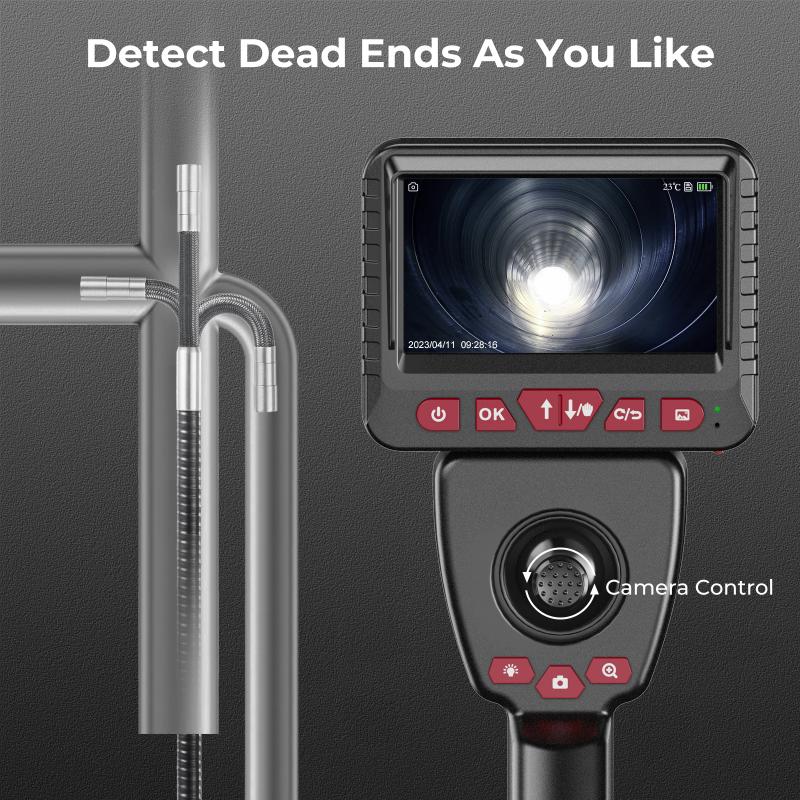
3、 Endoscopy in Pulmonology
Endoscopy is a valuable tool in the field of pulmonology and is commonly used for diagnostic and therapeutic purposes. It involves the use of an endoscope, a flexible tube with a light and camera attached to it, to visualize and examine the respiratory tract.
One of the main indications for endoscopy in pulmonology is the evaluation of lung diseases such as lung cancer, chronic obstructive pulmonary disease (COPD), and interstitial lung diseases. Endoscopy allows direct visualization of the airways, providing detailed information about the extent and location of any abnormalities. It can help in the early detection of lung cancer, guiding biopsies for accurate diagnosis, and staging the disease.
Endoscopy is also used for therapeutic interventions in pulmonology. It enables the removal of foreign bodies, such as aspirated objects or mucus plugs, from the airways. Additionally, endoscopy can be used to perform bronchial thermoplasty, a procedure that reduces the smooth muscle thickness in the airways, providing relief for patients with severe asthma.
In recent years, there have been advancements in endoscopic techniques in pulmonology. One such advancement is the use of endobronchial ultrasound (EBUS), which combines endoscopy with ultrasound imaging. EBUS allows for real-time visualization of the airway walls and adjacent structures, aiding in the diagnosis and staging of lung cancer. It has become an essential tool in the management of lung cancer, providing minimally invasive options for tissue sampling and lymph node evaluation.
In conclusion, endoscopy plays a crucial role in the field of pulmonology. It is used for both diagnostic and therapeutic purposes, allowing for the evaluation and treatment of various lung diseases. With advancements such as EBUS, endoscopy continues to evolve, providing pulmonologists with improved visualization and diagnostic capabilities.

4、 Endoscopy in Urology
Endoscopy is a valuable tool in the field of urology and is used in a variety of situations. The primary purpose of endoscopy in urology is to visualize and diagnose conditions affecting the urinary tract and reproductive system. It involves the use of a flexible or rigid tube with a light and camera attached, allowing the urologist to examine the internal structures of the urinary system.
One of the main indications for endoscopy in urology is the evaluation and treatment of urinary stones. Endoscopic procedures such as ureteroscopy and cystoscopy are commonly used to locate and remove stones from the ureter, bladder, or kidney. These procedures are minimally invasive and offer a high success rate in stone removal.
Endoscopy is also used in the diagnosis and management of various urological conditions such as bladder tumors, urethral strictures, and prostate enlargement. It allows for direct visualization of the affected area, enabling the urologist to obtain biopsies, perform tissue resection, or place stents to relieve obstruction.
In recent years, there have been advancements in endoscopic technology, leading to the development of new techniques such as laser lithotripsy and narrow-band imaging. Laser lithotripsy uses laser energy to break down stones into smaller fragments, making their removal easier. Narrow-band imaging enhances the visualization of blood vessels and abnormal tissues, aiding in the detection of bladder tumors.
Furthermore, endoscopy plays a crucial role in the field of minimally invasive surgery. Laparoscopic and robotic-assisted procedures, which utilize endoscopic instruments, have revolutionized urological surgery. These techniques offer patients smaller incisions, reduced pain, shorter hospital stays, and faster recovery times compared to traditional open surgery.
In conclusion, endoscopy is an essential tool in urology and is used for various diagnostic and therapeutic purposes. With the advancements in technology, endoscopic procedures continue to evolve, providing urologists with improved visualization and treatment options.
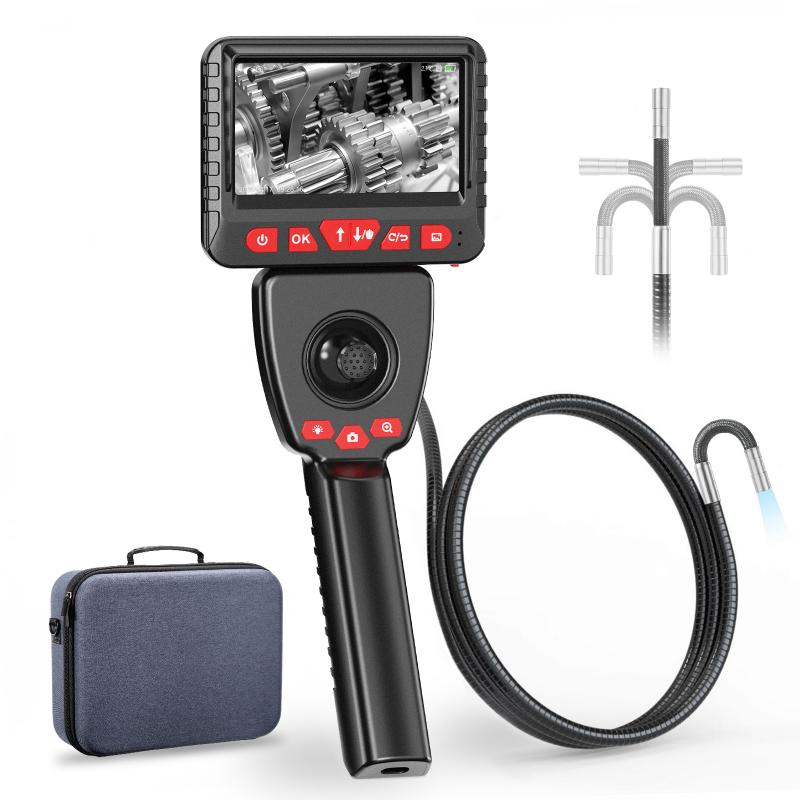




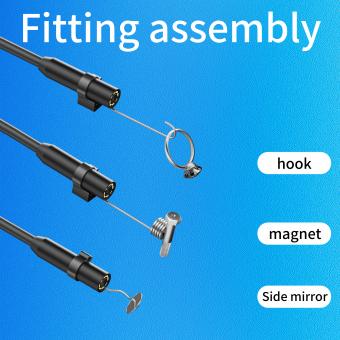






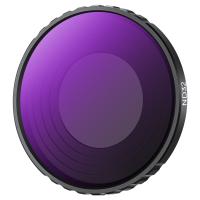

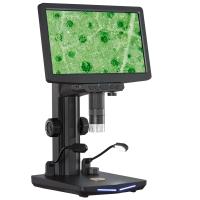
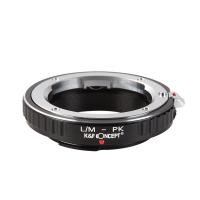

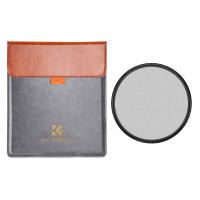
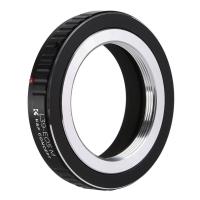
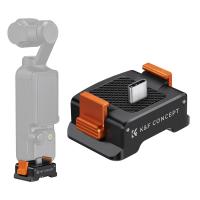
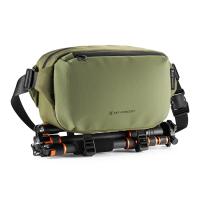
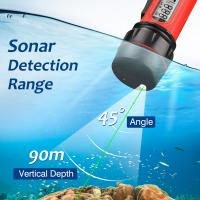

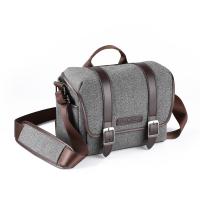
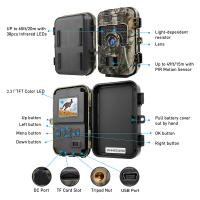




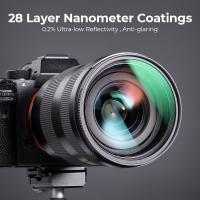

There are no comments for this blog.